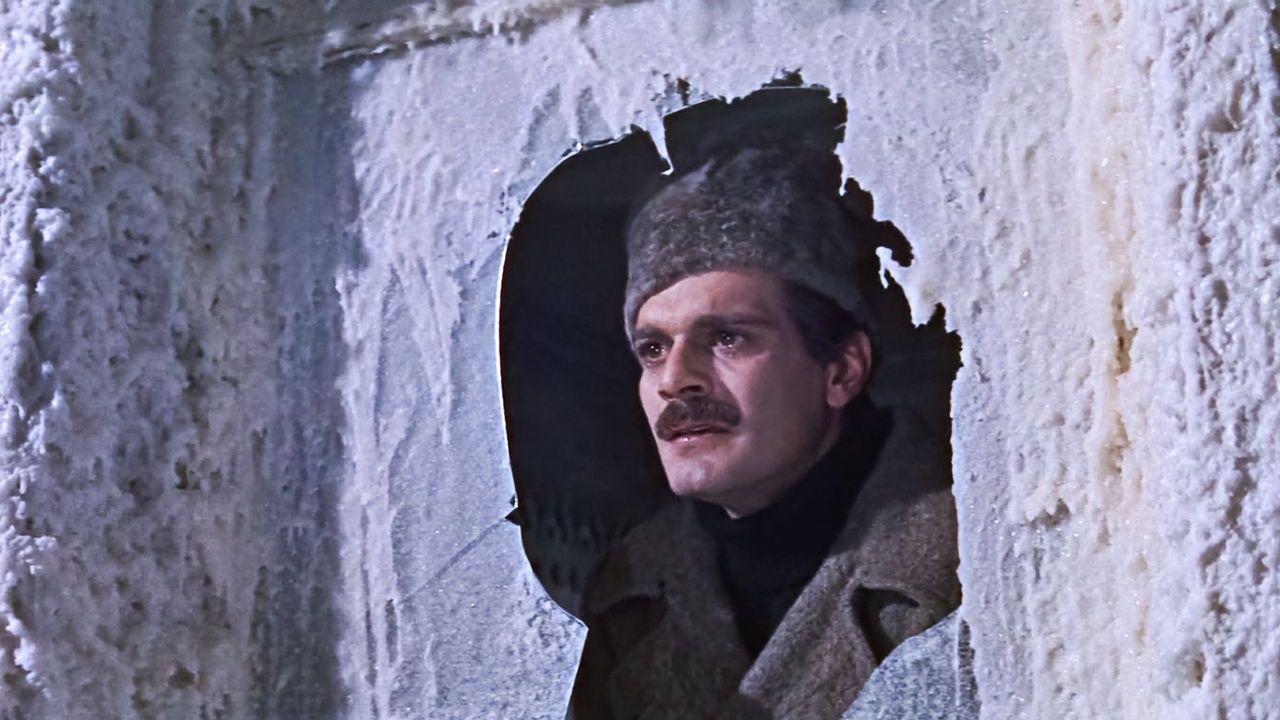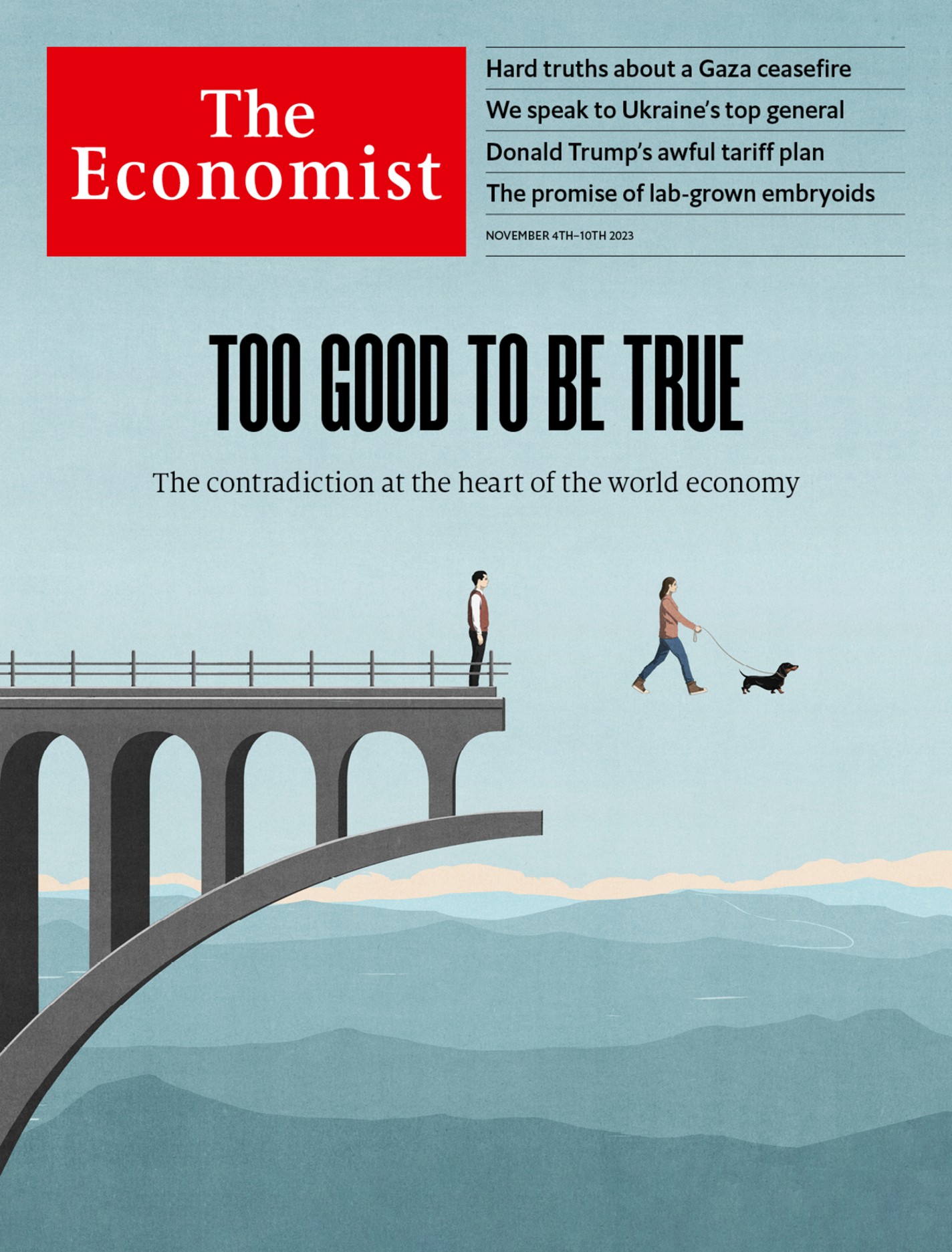Six books you didn’t know were propaganda
Governments influence a surprising amount of literature. Some of it pretty good

“ALL ART is propaganda”, wrote George Orwell in 1940, “but not all propaganda is art.” Few people would argue with the second part of that aphorism. There is nothing artistic about the dreadful ramblings of “Mein Kampf”. But the first seems true only if you are using a broad definition of propaganda. These days great works of art rarely set out to serve the purposes of a government. They may promote causes, but that is not normally why people esteem them. The books on this list, however, partially vindicate the first part of Orwell’s assertion. Governments or ideological groups either encouraged their authors to write them or promoted their writings for political ends. During the cold war Western intelligence agencies subsidised authors, sometimes very good ones. The CIA set up literary magazines in France, Japan and Africa. One purpose was to counter censorship by autocrats. Another was to make global culture friendlier to Western aims. British intelligence services commissioned works of fiction that supported empire. Some writers consciously offered their pens to the state; others did not realise that governments or groups would promote their work. Here are six books, all by authors of merit, that are works of propaganda in one way or another.
The Eyes of Asia. By Rudyard Kipling. Kashi House; 128 pages; $13.95 and £10
Rudyard Kipling’s role as a propagandist for the British empire is often forgotten. British intelligence recruited the author during the first world war to write fiction that sought to undermine Indian nationalism. In 1916 James Dunlop Smith, a British official, sent Kipling the private letters of Indian soldiers fighting in France. Smith asked Kipling to rewrite them to erase any pro-Indian or revolutionary sentiment. The Saturday Evening Post, an American magazine, published four between May and June 1917. (Three appeared in the London Morning Post.) Kipling put his name to them only when he packaged them together in a book, “The Eyes of Asia”. The author told Dunlop Smith that in rewriting the letters he had “somewhat amplified the spirit [he] thought [he] saw behind” them. In fact, his revisions were more inventive than that. In turning the soldiers’ epistles into fiction he sanitised them. He excised complaints like “we are like goats tied to a butcher’s stake”, and inserted admiring descriptions of Britain as filled with “gilt furniture, marble, silks, mirrors”. British intelligence liked what it read. Kipling asked Dunlop Smith whether he found any “error in caste or mental outlook in the characters”. It appears he did not. Many readers have admired what one critic (writing about the novel “Kim”) called Kipling’s “positive, detailed and non-stereotypic portrait” of Indian people. His role as a propagandist clouded his vision.
Doctor Zhivago. By Boris Pasternak. Vintage Publishing; 512 pages; $20 and £9.99
During the cold war the CIA sought to undermine censorship in the Soviet Union by covertly promoting the circulation of books and magazines. The snoops sent the novels of Fyodor Dostoevsky, Leo Tolstoy and Vladimir Nabokov. Their favourite author was Boris Pasternak. His novel “Doctor Zhivago” had “great propaganda value”, declared a CIA memo in 1958. That may seem like a surprising thing to say about a love story. But the CIA was interested not only in the novel’s “thought-provoking nature”, but also in the “circumstances of its publication”. Soviet literary magazines and publishing houses suppressed the book. One cited Pasternak’s “viciousness” and “non-acceptance” of socialism. The Soviets disliked his religious fervour. An Italian literary talent scout smuggled the manuscript of “Dr Zhivago” to Italy, where it was published in 1957. The CIA spotted an “opportunity to make Soviet citizens wonder what is wrong with their government, when a fine literary work by the man acknowledged to be the greatest living Russian writer is not even available in his own country”. The spy agency helpfully published the book in Russian. It circulated more than 1,000 copies with help from agents in eastern Europe and distributed them at the World’s Fair in Belgium in 1958. It hoped that publication in the original Russian would pave the way for Pasternak to win a Nobel Prize. He did, but the Soviets obliged him to turn it down. He did not live long enough to see “Dr Zhivago” become a blockbuster film (a still is pictured above) in 1965.
Partisans. By Peter Matthiessen. Vintage Books; 184 pages; $5.95 and £4.00
When it was founded in 1947, the CIA hired many Yale University seniors. Peter Matthiessen was one of them. The agency sent him to Paris, where he used as his cover story that he was writing a novel, a story that his CIA handler in the city thought “feeble”. Matthiessen did write a novel in Paris, in fact two. “Partisans”, his second, follows Barney Sand, a Paris-based journalist for an American wire service, as he tracks down a former leader of the French Communist Party whom he hopes to interview. The communist had helped Sand escape the Spanish civil war when he was a child. The novel displays such detailed knowledge of the workings of the party that the Chicago Tribune, in a review, suggested that its author go back to Moscow. Yet its sympathies are clearly with the West. Sand comes to see communists as self-serving and dishonest; his patriotism grows. The self-consciously literary prose in which “Partisans” is written foreshadows the next step in Matthiessen’s career. He founded the Paris Review, a literary magazine, which he also used as a cover to spy on left-wing American artists and intellectuals who had relocated to Paris. The CIA thought this a much better cover for his espionage work. “Partisans” is not Matthiessen’s finest work. He is the only writer who has won America’s National Book Award both for fiction and non-fiction. But, as Sand snakes around Paris, he reminds readers that Matthiessen was observing his leftist friends not only for art’s sake.
Reading Lolita in Tehran: A Memoir in Books. By Azar Nafisi. Random House; 356 pages; $18. Penguin; £9.99
Azar Nafisi, an Iranian émigrée and professor of English, became famous in 2003 when she published her memoir of the Islamic revolution. “Reading Lolita in Tehran” was an instant hit in America, spending 117 weeks on the New York Times’s bestseller list. It’s the riveting story of eight Iranian women who meet secretly to study the novels of Nabokov, Gustave Flaubert and Henry James. Ms Nafisi’s students are children of the Islamic Republic who rebel against its book bans and the “putrid and deceptive hyperbole” of its rhetoric. That description does not apply to “Reading Lolita”, which deserves the admiration it gets. Yet it owes a debt to institutions that are not typical of literary memoirs. Ms Nafisi thanks the Smith Richardson Foundation, which seeks to “advance US interests and values abroad”, for a grant that helped her write the book. It is only through “literature that one can put oneself in someone else’s shoes”, Ms Nafisi writes. For Western readers, “Reading Lolita” is enlightening in the way that literature was for her students. It also supports a harsh judgment of Iran’s theocracy that America continues to hope will be influential.
One Hundred Years of Solitude. By Gabriel García Márquez. Translated by Gregory Rabassa. Penguin; 432 pages; $17.99 and £9.99
America barred Gabriel García Márquez from entering the country for three decades because he was involved with the Colombian Communist Party in the 1950s. He briefly belonged to a party cell. Yet Mundo Nuevo, a Colombian magazine financed by the CIA, printed two chapters of his masterpiece “One Hundred Years of Solitude”, a year before the book’s publication in 1967. The excerpts did not include the book’s account of the “banana massacre” of 1928, in which the Colombian army, pressed by America to take action against employees of the United Fruit Company who were on strike, killed about 75 of them. What Mundo Nuevo printed were descriptions of Colombia in the style that later became known as magic realism. The magazine, which published mainly pro-American and anti-communist articles, thus showed that it was also open to work written by adherents of the political left. One CIA agent called the approach “fidelismo sin Fidel”, ie, the communist creed of Fidel Castro, Cuba’s ruler, without his anti-American revolutionism. García Márquez was furious to discover that Mundo Nuevo was in the pay of the CIA. In a letter to its editor, Rodríguez Monegal, he wrote that he felt like a cuckold.
The Moon Is Down. By John Steinbeck. Penguin; 144 pages; $12 and £9.99
In June 1940, two days after France signed an armistice with Germany, John Steinbeck wrote to Franklin Roosevelt, the American president, urging his administration to create “immediate, controlled, considered” propaganda. Steinbeck took his own advice, writing a story to inspire people in occupied Europe to rise up against the Nazis. “The Moon Is Down” is set in an unnamed European country that has been invaded by a fascist power. The fictional place, Steinbeck wrote, is characterised by Norway’s severity, Denmark’s cunning and France’s reason. The occupiers, led by Colonel Lanser, struggle to subdue an uprising. Members of the resistance against the Nazis translated the novel and smuggled it into Norway, Denmark and France. In 1945, after the war’s end, Norway’s king gave Steinbeck the country’s Freedom Cross for his contribution to European resistance movements.
Also try
Our coverage of propaganda includes an interactive feature about how the war in Ukraine appears to Russian people. Our sister magazine, 1843, takes readers inside a damp classroom in Moscow where journalists who work for Russia’s state TV are trained. “The Prince”, our podcast about Xi Jinping, considers propaganda that extols China’s president and the challenges of understanding the real man. Here we write about the surprising success of Chinese propaganda abroad. Read our profile of Kim Yo Jong, North Korea’s propagandist-in-chief. And here are our recommendations of books that explain how intelligence works. ■
Correction (November 7th): An earlier version of this article said that the Colombian army killed more than 1,000 banana workers. This was a claim by Jefferson Caffrey, who was America’s ambassador to Colombia. Most historians believe that the number of victims was much smaller.

From the November 4th 2023 edition
Discover stories from this section and more in the list of contents
Explore the editionMore from The Economist reads

What to read to understand why the heyday of the automobile is over
Five books explain why it’s a good thing that conventional cars may be leaving the road

What to read (and watch) about indigenous Australians
Four books and a film that show why they want recognition of rights in the constitution

What to read to understand journalism
Four non-fiction books and one novel about the essence and ethics of the trade